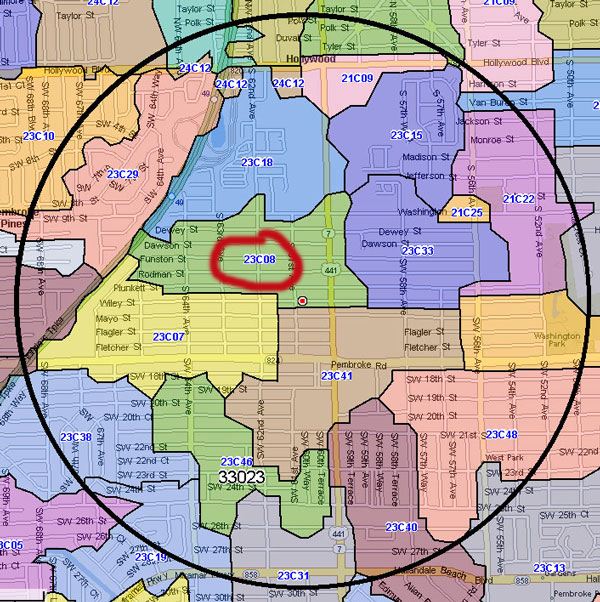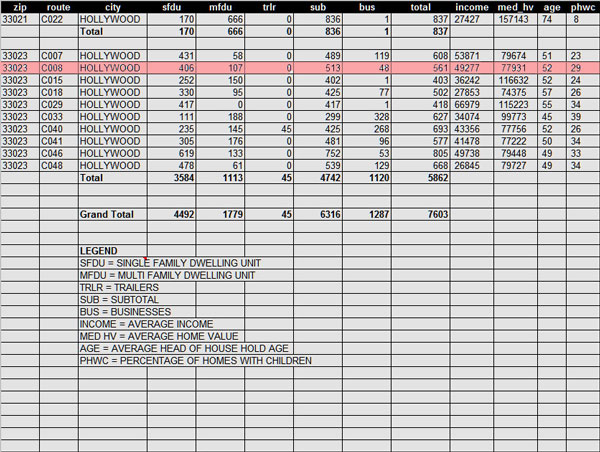General
REAL ESTATE ADVERTISING IDEAS – VIDEO NO. 2 OF 4: TWO THINGS YOUR REAL ESTATE ADVERTISING MUST ACCOMPLISH.
Our Real Estate Advertising Ideas Video Training Series, is designed to help Realtor’s succeed. However, the concepts explored will work for any small business with a specific geographic territory. In the Real Estate industry, territories are called farm areas, however if you have a pizza shop or a lawn service route the ideas and strategies discussed in the Real Estate Advertising Video Series will apply to your business as well.
In Video No. 2 of our series we cover two things your advertising must accomplish. The video is only about 2.5 minutes long, so why not watch it now. As always we welcome your comments and suggestions.
REAL ESTATE ADVERTISING IDEAS – VIDEO NO. 1 OF 4: THE BEST MARKETING STRATEGY FOR REALTORS
This video training series: Real Estate Advertising Ideas, can benefit new and experienced Realtors.
Realtors often ask us what works best for a Postcard Mailing or Door Hanger Distribution. How many to mail or distribute, how often and what should the message be?
We have created this Video Training Series: Real Estate Advertising Ideas to answer the questions most frequently asked by Realtors. We will be releasing one each week beginning April 15, 2013.
Here is video number 1 of 4: THE BEST MARKETING STRATEGY. Please feel free to contact us with questions, comments or suggestions.
SALES AND MARKETING: WHICH IS MORE IMPORTANT?
Sales and Marketing are terms that are often used in place of one another. They are two very different and vital ingredients to growing a business. So let’s start with some definitions.
“MARKETING” is what you do to create an opportunity for a sale. This would include product development and pricing, advertising campaigns, image, etc.
“SALES” is converting an opportunity (or a lead) into a deal or closed sale.
Each is very important and dependent upon the other. What good is a lead if you don’t make the sale? What good is having a great sales team if you don’t have any leads? You need both; effective marketing and sales.
As a small business owner or manager you most likely assume both roles: Marketing Manger and Sales Manger. Of the two, we have found that sales is often the forgotten “step child”. Most small business owners realize they need to market their business. They do so by advertising and they use a variety of media (direct mail, newspapers, door hangers) to generate leads. The problem is, they don’t spend enough time thinking about converting the leads that are generated, in other words selling.
Selling is a skill like any other. Contrary to popular belief, it is not about trying to manipulate someone to buy something. It is about identifying needs and then offering the best solution.
We have developed a Video Sales Training Series devoted to improving sales skills. Here is our latest offering. It’s only about 1.5 minutes long, so why not watch it now?
How to handle the “I Want To Think About It” sales delay.
As a small business owner or manager, the better your selling skills, the more successful your organization will be. Here is our latest sales training video dealing with the “I Want To Think About It” delay after a sales presentation. The video is only about 3 minutes long, so why not watch it now?
Sales Training: How to recognize and deal with different personality types.
If you are a small business owner or manager, I’ll bet you often play the roll of salesperson. The better your selling skills the more successful your business will be. Here is the latest in our series of sales training videos. It describes how to identify and handle different personality types. It’s about 3 minutes long. After you watch it, pass it along to the rest of your team and then see what type personality they think they are.
Learn About The USPS Every Door Direct Mail Program
The US Post Office has introduced a new program called Every Door Direct Mail. It makes direct mail advertising easier for small businesses. With a low postage rate of 14.5 cents per piece, EDDM has become an affordable alternative to door hanger distribution. Businesses can now target gated communities and neighborhoods that prohibit door to door distribution.
We’ve produced a brief video to give you an overview. It’s less than 2 minutes long, so why not watch it now?
When Distributing Door Hangers, What’s More Important, Reach or Frequency?
The video below was produced with a Direct Mail Advertising Campaign in mind, however balancing reach and frequency can also determine the success of a Door Hanger Distribution Campaign.
The video is only about a minute – so why not watch it now?
How To Use Carrier Route Maps To Plan Distribution By Every Door Direct Mail (EDDM)
Zip Codes are broken down into carrier routes.
A carrier route is the daily delivery route of a mail carrier (usually 300-500 addresses)
Carrier routes are shown on the map below with a 5 digit code.
Example: 23C08 – The first 2 digits (23) are the last 2 numbers of the Zip Code (33023).
The next 3 characters (23C08) is the Carrier Route Number.
Use the chart below to cross reference the Carrier Routes shown on the map to find the total number of deliveries. A breakdown of single family and multi family homes is shown for information purposes only. To qualify for EDDM rates, all of the residential addresses must be included. Businesses can be added, however, businesses cannot be mailed without residential addresses.
Example: 33023 C008 (shown on map as 23C08)
Single Family Homes = 406
Multi Family Homes (Apartments) = 107
Trailers = 0
Sub Total = 513
Businesses = 48
Grand Total = 561
If this route is selected, it can be mailed 2 ways.
With only the residential addresses = 513 or if the businesses are included = 561
General Information About Mailing EDDM
Post Office Drop Off
The mailings must be dropped off at the Post Office which handles mail for the Zip Code selected.
If multiple Zip Codes – each must be dropped off at their respective post office.
Minimum and Maximum Pieces
Minimum daily mailing is 200 pieces and the maximum is 5000.
Postage Rate 14.2¢ Per Piece – Pay As You Mail
The entire carrier route count must be mailed at the same time.
If multiple carrier routes are purchased, they can be mailed all at once or one at a time.
Example: Refer to the chart above. If all carrier routes in Zip Code 33023 are purchased (10).
All 4742 pieces can be mailed at once or individually on whatever schedule the mailer chooses.
Payment for each carrier is made on the day of mailing.
C008 with 513 pieces would cost 513 x .142 = $72.85
How to Design a Sensational Door Hanger in 4 Steps
Door Hanger Advertising is one of the best ways to generate new business. There’s no envelope to open or flyer to unfold, a Door Hanger starts working as soon as it is removed from the door.
So what are the secrets of designing a door hanger that will generate a sensational response? We have developed a 4 Point Design Strategy that has been proven effective.
4 POINT DESIGN STRATEGY
Step 1 – THE GLANCE TEST
The goal is to let the prospect know what the door hanger is about with just a passing glance. Seems obvious, but many door hangers fail the Glance Test and are tossed out without getting the chance to deliver their message.
So, how do you design a door hanger that will pass the “Glance Test”? Use a big headline, with few words, that shouts the main purpose and benefit of your offering. A photo or graphic can also be very effective. A combination of both may be even better.
Step 2 – THE MAGNET
“Magnet” is the term we use to describe the lure, hook, special offer or incentive that will motivate the prospects you are targeting to respond to your advertising. Yes, it’s the bait that is most important when you are fishing for new customers. The stronger your magnet, the more business you will attract.
Which of the four magnets below do you think is the strongest?
| Remodel Your Kitchen 10% OFF |
Remodel Your Kitchen $500 OFF |
Remodel Your Kitchen FREE Estimate |
Remodel Your Kitchen Start with the Cabinets from $1898 installed |
Remember, you don’t have to give all the details. Just tantalize the prospect. The purpose of the door hanger is to generate a lead, an opportunity to make a sale. The door hanger normally will not make the sale, you have to do that.
Step 3 – YOUR CLAIM TO FAME
If you can avoid the trash can by passing the Glance Test and tantalize the prospect with a strong Magnet, your Claim To Fame is used to seal the deal. What is your level of expertise, why should you be trusted and what do others say about your product or service? Sometimes the claim to fame might be you. If so, don’t hesitate to include a photo and a brief professional biography. This is not the time to be modest.
Step 4 – THE CALL TO ACTION
How do you want people to respond? Call on the phone, visit your website or perhaps come to your physical location. If there is more than one option, make sure you emphasize the one you prefer with larger type on both sides of the door hanger.
Design is the most important part of your campaign. Take your time. Show it to family, friends and even a few loyal customers. Remember, no one knows your business better than you do, so make sure you feel as confident as possible that your design is a winner before you launch.
Take advantage of our “No Risk Design Guarantee”. We’ll offer suggestions and make as many changes as needed (never an extra charge) until you are convinced the design is as good as it can be. Good Luck!

